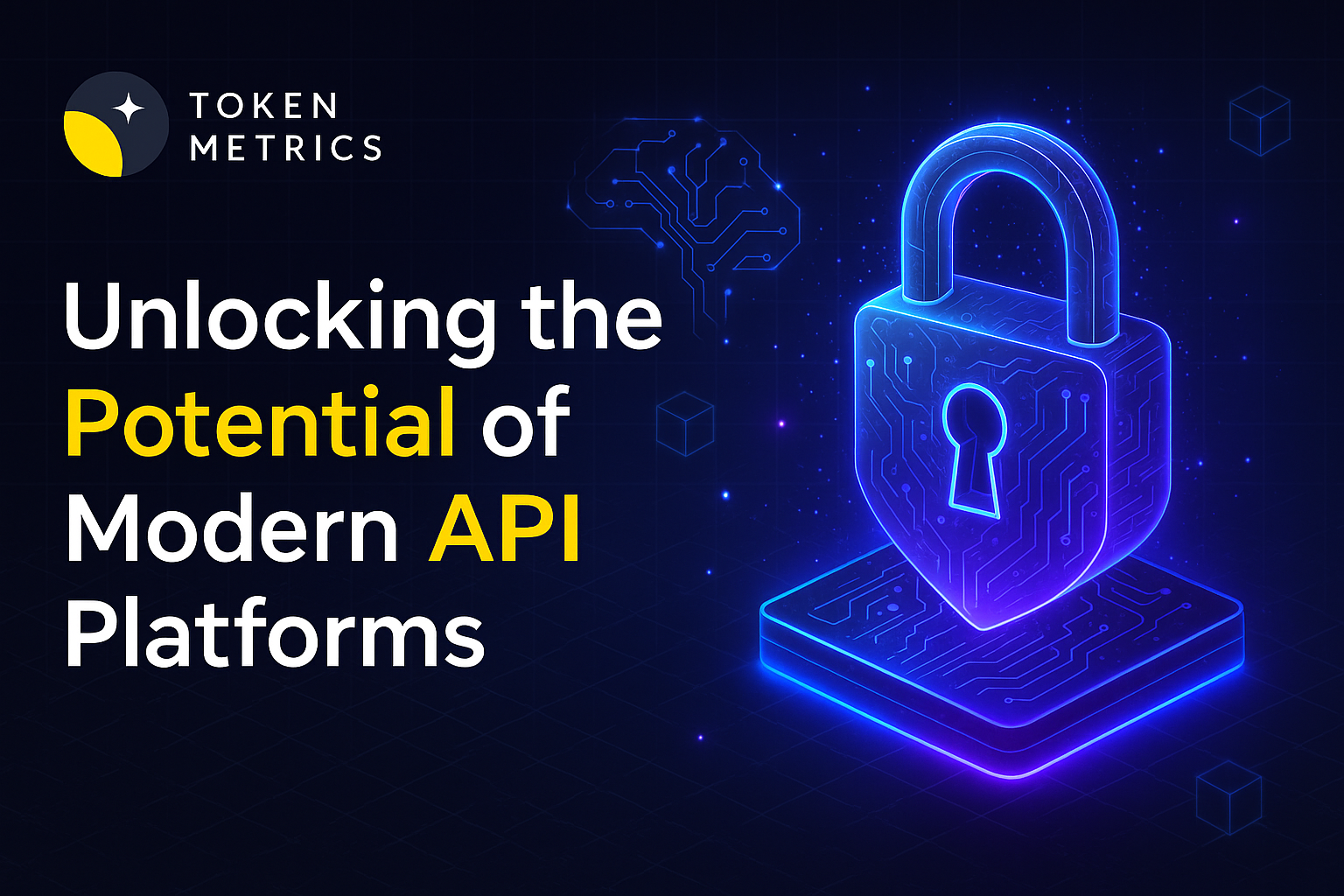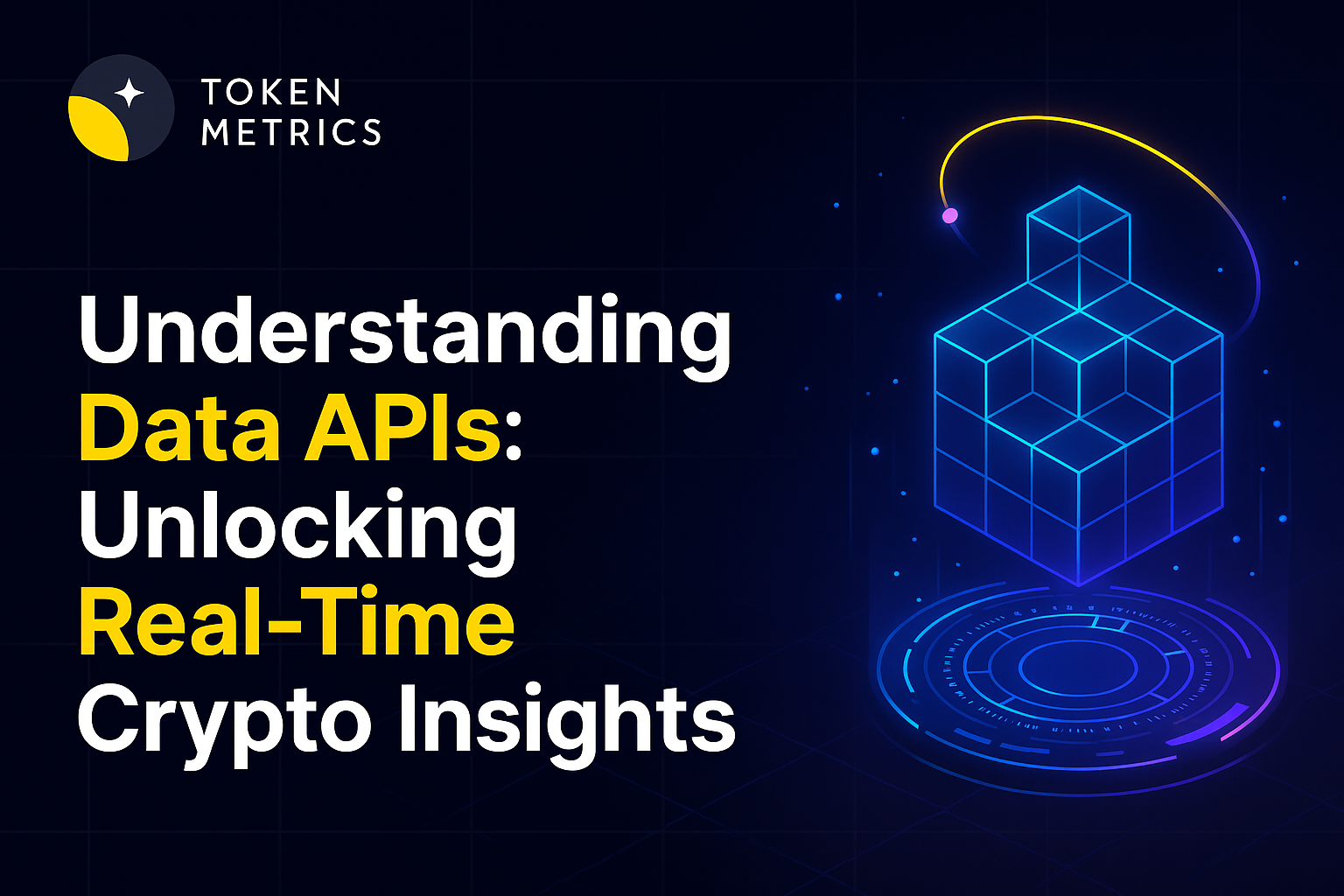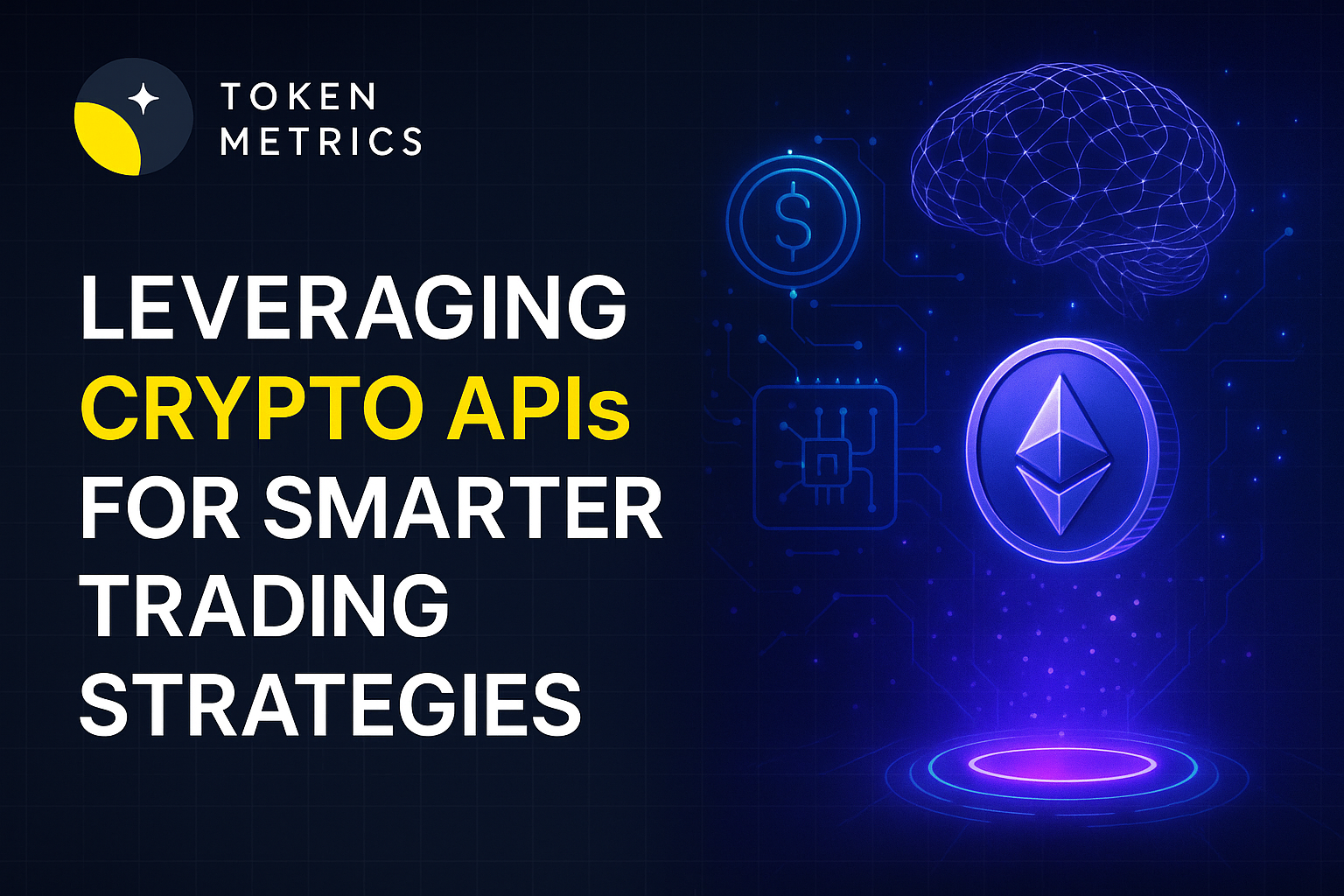
APIs Explained: How Interfaces Power Modern Apps

Every modern app, website, or AI agent depends on a set of invisible connectors that move data and commands between systems. These connectors—APIs—define how software talks to software. This post breaks down what an API is, how different API styles work, why they matter in crypto and AI, and practical steps to evaluate and use APIs responsibly.
What is an API?
An API (application programming interface) is a formalized set of rules and specifications that lets one software component interact with another. Rather than exposing internal code or databases, an API provides a defined surface: endpoints, request formats, response schemas, and error codes. Think of it as a contract between systems: you ask for data or an action in a specified way, and the provider responds in a predictable format.
APIs reduce friction when integrating services. They standardize access to functionality (like payment processing, identity verification, or market data) so developers can build on top of existing systems instead of reinventing core features. Because APIs abstract complexity, they enable modular design, encourage reusability, and accelerate development cycles.
How APIs work — technical overview
At a technical level, APIs expose endpoints over transport protocols (commonly HTTPS). Clients send requests—often with authentication tokens, query parameters, and request bodies—and servers return structured responses (JSON or XML). Key architectural patterns include:
- REST: Resource-oriented, uses standard HTTP verbs (GET, POST, PUT, DELETE), and typically returns JSON. It's simple and cache-friendly.
- GraphQL: A query language that lets clients request exactly the fields they need, minimizing over-fetching.
- WebSocket / Streaming APIs: Persistent connections for real-time data push, useful for live feeds and low-latency updates.
- RPC / gRPC: Procedure-call style with strong typing and high performance, common in internal microservices.
Operationally, important supporting features include rate limits, API keys or OAuth for authentication, versioning strategies, and standardized error handling. Observability—metrics, logging, and tracing—is critical to diagnose integration issues and ensure reliability.
APIs in crypto and AI — practical examples
In crypto ecosystems, APIs provide price feeds, historical market data, on-chain metrics, wallet services, and order execution. For AI-driven agents, APIs enable access to compute, models, and third-party signals. Example uses:
- Fetching real-time and historical price data to power dashboards and analytics.
- Querying on-chain explorers for transaction and address activity for compliance or research.
- Integrating identity or KYC providers to verify users without handling sensitive documents directly.
- Calling AI model APIs to generate embeddings, summaries, or predictions used by downstream workflows.
Tools that combine market data, on-chain insights, and AI-driven analysis can streamline research workflows. For example, AI research platforms and data APIs help synthesize signals and surface trends faster. When referencing such platforms in research or product development, it is best practice to evaluate their documentation, data sources, and rate limits carefully. One example of an AI research offering is Token Metrics, which illustrates how analytics and model-driven insights can be presented via a service interface.
Choosing & using APIs: a research checklist
When evaluating an API for a project, consider these practical criteria:
- Documentation quality: Clear examples, SDKs, response schemas, and error cases reduce integration time.
- Data provenance: Understand sources, update frequency, and any aggregation or normalization applied.
- Authentication & permissions: Which auth methods are supported? Can access be scoped and rotated?
- Rate limits & pricing: Are limits suitable for your expected throughput, and is pricing predictable?
- Latency & uptime SLAs: Critical for real-time systems; check historical status and monitoring APIs.
- Security practices: Encryption in transit, secure storage of keys, and breach disclosure policies.
- Versioning & backward compatibility: How does the provider manage breaking changes?
Implementation tips: sandbox first, validate edge cases (timeouts, partial responses), and build exponential backoff for retries. For production systems, segregate API keys by environment and rotate credentials regularly.
Build Smarter Crypto Apps & AI Agents with Token Metrics
Token Metrics provides real-time prices, trading signals, and on-chain insights all from one powerful API. Grab a Free API Key
FAQ: What is an API?
Q: What is the difference between an API and a web service?
A: A web service is a type of API accessed over a network using web protocols. APIs can be broader, including libraries and OS-level interfaces; web services are specifically networked services.
FAQ: How do APIs secure communication?
Q: How are APIs secured?
A: Common methods include HTTPS for encryption, API keys or OAuth for authentication, scopes to limit access, and rate limiting to reduce abuse. Proper key management and least-privilege access are essential.
FAQ: REST vs GraphQL — when to use which?
Q: When is REST preferable to GraphQL?
A: REST is simple and widely supported—good for standardized CRUD operations and caching. GraphQL excels when clients need flexible queries and want to minimize over-fetching, but it adds complexity on the server side.
FAQ: Can APIs be used for crypto trading?
Q: Are APIs used to place trades?
A: Many exchange APIs allow programmatic order placement, market data retrieval, and account management. Using them requires careful handling of authentication, error states, and adherence to exchange rate limits and terms of service.
FAQ: How to evaluate an API for a project?
Q: What steps help evaluate an API?
A: Review docs, test a sandbox, verify data lineage and SLA, estimate costs at scale, and ensure the provider follows security and versioning best practices before integrating.
Disclaimer
This article is educational and informational only. It does not constitute investment advice, trading recommendations, or endorsements of any specific products or services. Always perform your own due diligence and comply with applicable laws and platform terms when using APIs or building systems that interact with financial markets.

.svg)

Create Your Free Token Metrics Account

.png)




%201.svg)
%201.svg)


%201.svg)









.svg)




.png)